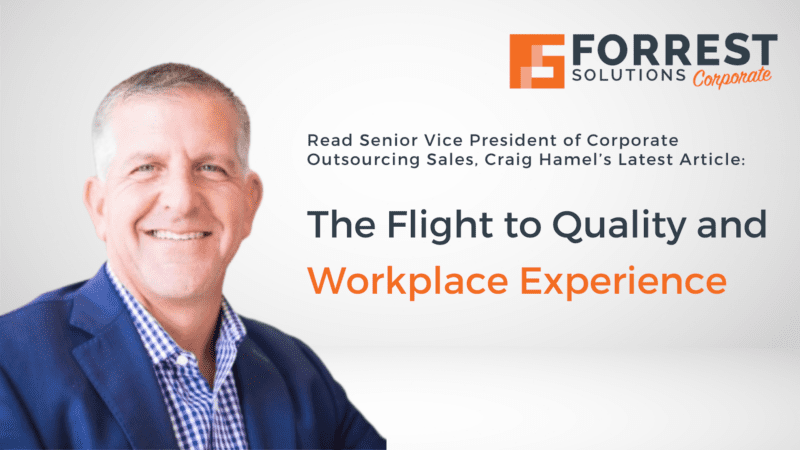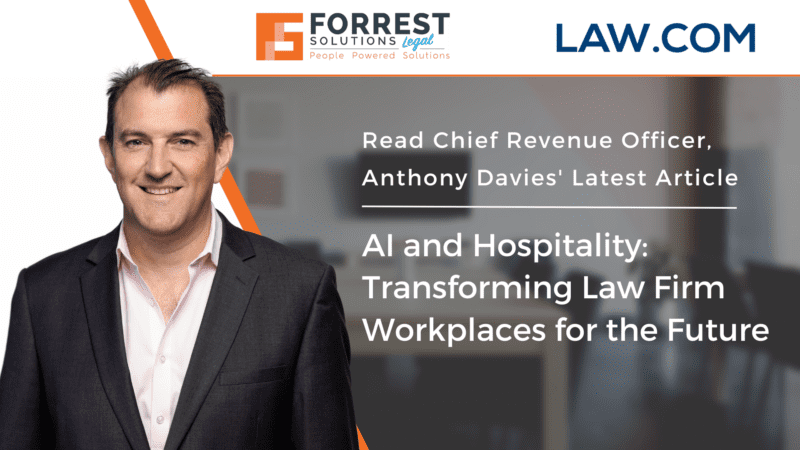
For CPA and Advisory firms, the pandemic and battle for talent that followed was excruciating. But in the end, talent won (sort of), and now firm leadership is stuck dealing with the aftereffects of over-hiring. As the market has subdued and firms have had a chance to recalibrate, leadership is desperate to create headcount flexibility while simultaneously trying to execute on the “business side” of running a firm.
Understanding the Market Challenges: Layoffs, Seasonal Demands, Experience
A combination of at least three very powerful market forces are impeding a firms’ ability to run world class, efficient and productive operations.
The first of these forces are the effects of a slower economy. Over 2022 and 2023, firms found themselves in a hiring frenzy in an attempt to proactively meet the needs of future growth. For many firms, up to 66% of their gross annual revenue comes from consulting — and while overall demand for those set of services ballooned during the first few years of the pandemic, much of the industry is now experiencing a decline.
It came as no surprise that firms started announcing layoffs at the end of 2023 and start of 2024. All members of the Big Four: EY, KPMG, Deloitte, and PwC have all been transparent with their layoffs, all reducing between 1.5 to 5% of their employees.
On top of the growing concern among layoffs, the CPA and Advisory firm workforce will be experiencing an unprecedented hit over the next five years as more than 109,000 professionals – or 38% of the industry headcount – plan to retire. We will have gone from too many fee earners to not enough, and that is why so many firms are putting an emphasis on figuring out their own delicate balance.
A second, more obvious factor that we must deal with is something that follows and haunts us constantly – the calendar. Seasonal workloads are very much a thing in our industry, and this will always be a reality to those of us who have supported demanding clients (and professionals).
From tax season to quieter periods in between, operational needs can become unpredictable while firms keep trying to maintain headcount flexibility on their own. This is a recipe for disaster, as the pressure to deliver accurate, timely services can strain resources and require meticulous time management to ensure that fee earners are taken care of.
Many firms lean on their own captive or outsourced offshore production centers to soften the blow of busy season. However, a firm’s domestic strategy will always have the greatest impact on the bottom line and the most room for improvement.
Lastly, are the emerging gaps in skills and expertise from a firm’s support staff. While the total FTEs for support staff declined in 2021 and 2022, the total compensation for support staff and compensation per role increased. This is because firms were decreasing the number of non-core support staff while increasing headcount in higher-functional areas. Or in other words, they have been robbing Peter to pay Paul during a time where support staff weren’t required onsite, and now we are in a new reality where return to office keeps trending upwards without the necessary headcount to support it.
And there we have it, a trifecta of challenges: layoffs, seasonal demands and gaps in support staff.
So here’s the million dollar question: How can firm leadership combat each of these challenges and win in the marketplace while consistently delivering a level of service that is on par with expectations?
Flexible Support Models That Propel CPA and Advisory Firms to Success
CPA and advisory firms are facing a pivotal challenge: understanding the impact of layoffs and escalating support staff attrition on the efficiency and performance of their services. They must assess whether current support models align with the needs of both their professionals and clients. Amidst these challenges, many firms are undertaking comprehensive restructuring of their operational frameworks. Some have chosen to reinvent their approach entirely — cutting most, if not all, in-house support staff roles and outsourcing instead.
Another strategic approach gaining traction among CPA and advisory firms is the adoption of flexible staffing support models. Unlike traditional outsourcing arrangements characterized by long-term contracts, modern flexible outsourcing offers firms the benefits of expertise and cost reduction without the constraints of lengthy commitments. This adaptable approach empowers firms to scale their support services up or down as needed, without the burdensome recruitment and training processes typically associated with staffing adjustments. Such flexibility is invaluable in maintaining seamless service delivery amidst the fluctuations of a competitive market.
By partnering with service providers, CPA and advisory firms can shift the burden of recruitment and training to experienced professionals. This transfer of risk not only mitigates the firm’s exposure but also ensures access to the necessary skill sets required in today’s evolving landscape. As firms grapple with identifying and nurturing new support professional competencies, leveraging the expertise and recruiting capabilities of service partners becomes increasingly essential.
Conclusion
In conclusion, the paramount lesson learned by CPA and advisory firms, especially in the wake of the pandemic and economic uncertainty, is the critical importance of flexibility. As the operational support model continues to evolve, firms can maintain competitiveness and mitigate risk by harnessing the flexibility, recruiting proficiency, and expertise offered by service partners. This strategic partnership promises a mutually beneficial outcome, positioning firms for success in an ever-changing market landscape.





